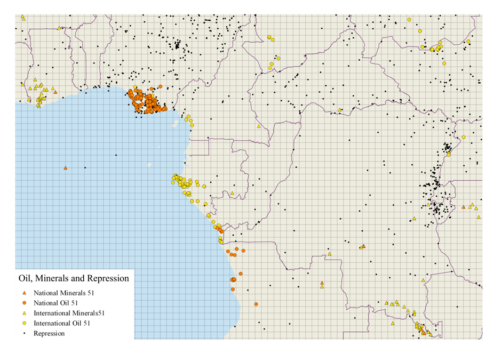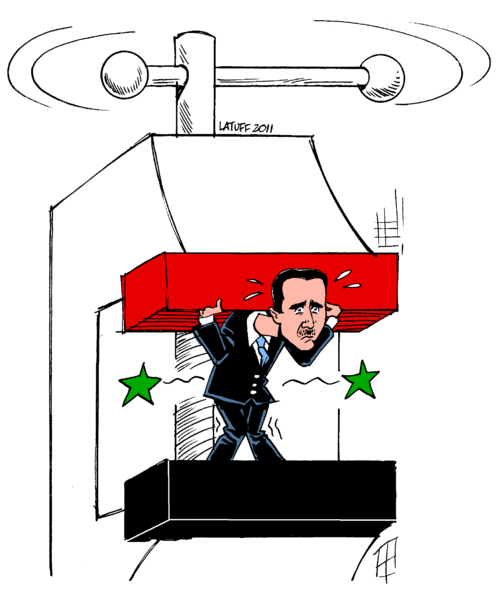By Patrick Pierson
Whether ISIS, the Israeli-Palestinian conflict, or continued unrest in Libya, one doesn’t have to look far to find reason for worry across the Middle East. But one of the most dangerous conflicts of all may be flying under the radar.
Yemen, along with many other other Arab states, experienced a wave of unprecedented changes during the Arab Spring. And, like many others, the country now finds itself embroiled in a contested civil war that has all of the necessary ingredients for yet another protracted and destabilizing war in the Middle East (a glimmer of hope surfaced yesterday, but the chaos continues and failed peace talks have been the norm lately). While the challenges posed by the current instability are numerous, there are three in particular that are most troubling.
First, the insecurity (and deluge of contentious actors) in Yemen is profoundly complex. As has been noted previously at PVGlance, the list of actors includes forces loyal to current president Mansour Hadi, those supporting former president Ali Abdullah Saleh, secessionists in the south, tribal fighters, the Houthis, al-Qaeda in the Arabian Peninsula (AQAP) and – increasingly – ISIS. While the world is clearly aware of the current threat posed by the Islamic State, we should also recall that analysts have routinely characterized AQAP as the most dangerous branch of al-Qaeda, a group with both domestic and international ambitions. While the presence of such nefarious actors is bad enough, the biggest threat may come after the bombs stop dropping. We know that a strong predictor of civil war recurrence is a country’s prior experience with civil war, and current struggles in Afghanistan and Iraq should alert us to the difficulties that exist in developing post-conflict state cohesion. Regardless of the current war’s outcome, a productive “next step” will prove elusive for the foreseeable future.
Second, the Bab-el-Mandeb strait is the fourth busiest maritime checkpoint in the world, one through which approximately 3.8 million barrels of oil flow daily. While international efforts over the past few years have stemmed the tide of piracy off the coast of Somalia, lawlessness, instability, unemployment, and lack of opportunity mean that the threat of renewed attacks lies just below the surface. As the battle in Yemen rages on, the factors that often push young men into piracy make short-term opportunities for economic gain increasingly alluring—no matter the danger. And while piracy alone may not seem overly dire (especially compared to other challenges in the region), the same factors that make piracy an increasing threat portend a much more fearful scenario: Saudi instability.
Earlier this year, Barbara Walter and Kenneth Pollack suggested that incessant meddling in Yemen by the Saudi government could result in a prolonged war and a weakened government in Riyadh. And while it looked as if recent developments favored the Saudi backed regime of President Hadi (and potentially tipped the scales in favor of Hadi and his loyalists), the recent discovery of Yemen-bound weapons on an Iranian boat suggests that the proxy conflict is still alive and well. Research suggests that the continued support for both sides in the fighting will only serve to exacerbate, and thus prolong, the conflict. Not only does the continued fighting threaten oil imports/exports while sustaining continued border conflicts, it ultimately threatens the Sunni-Shia balance across the Middle East. A Houthi-led Shia government in Sanaa does not bode well for Saudi efforts across the region or for internal stability in a post-Arab Spring world. If a confluence of such factors were to expose and exacerbate vulnerabilities within Saudi Arabia, the region would be poised for unprecedented instability and chaos. And while these geopolitical challenges are real and should be considered, they may be only a harbinger of a much more tangible, gut-wrenching crisis to come.
Specifically, the international community has found itself confused, saddened, and horrified at the migrant crisis unfolding across Europe. The plight of millions of Syrians has captured international headlines and brought out some of the best – and worst – parts of our collective conscious. But the current refugee flows might just be the tip of the iceberg if the international community fails to end the chaos in Yemen.
In a recent interview, Peter Maurer – the president of the International Committee of the Red Cross – said, “Yemen after five months looks like Syria after five years.” Even before the Saudi-led intervention in March, nearly half of Yemen’s 24 million citizens lived below the poverty line. Today, eighty percent of the country is on the brink of famine. Thousands are now fleeing the country each week, while the number of internally displaced people is approaching two million. Would the plight of these refugees catch more headlines if they were fleeing to Italy rather than Somalia? The reader can decide for herself. But unless we want to watch another global refugee crisis unfold, our humanitarian idealism has to result in more than well-meaning sentimentality; it must be translated into a forward-thinking, pragmatic compassion that yields innovative solutions to some of our world’s most intractable issues – and the time to start was yesterday.
Patrick Pierson is an MA student at the Josef Korbel School of International Studies at the University of Denver.







2 comments